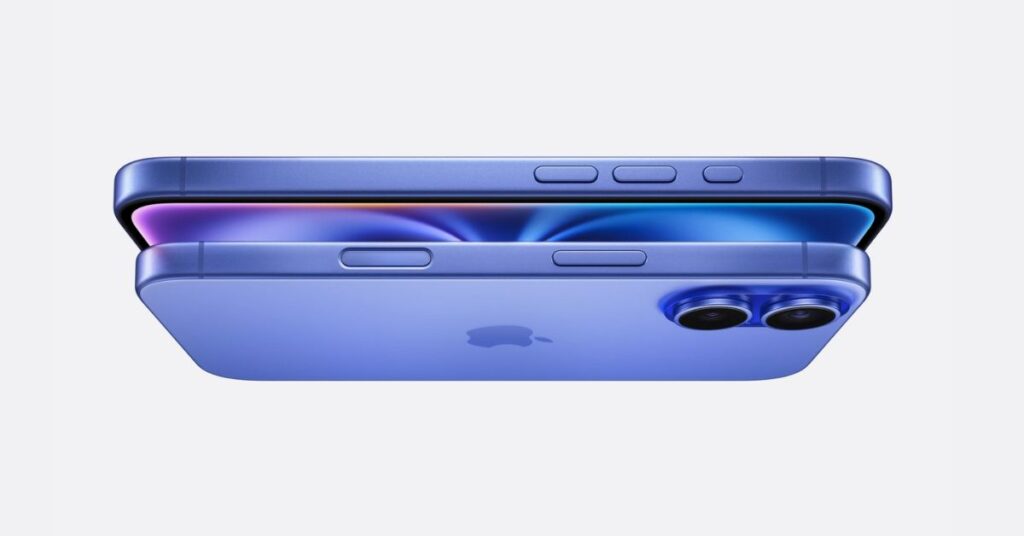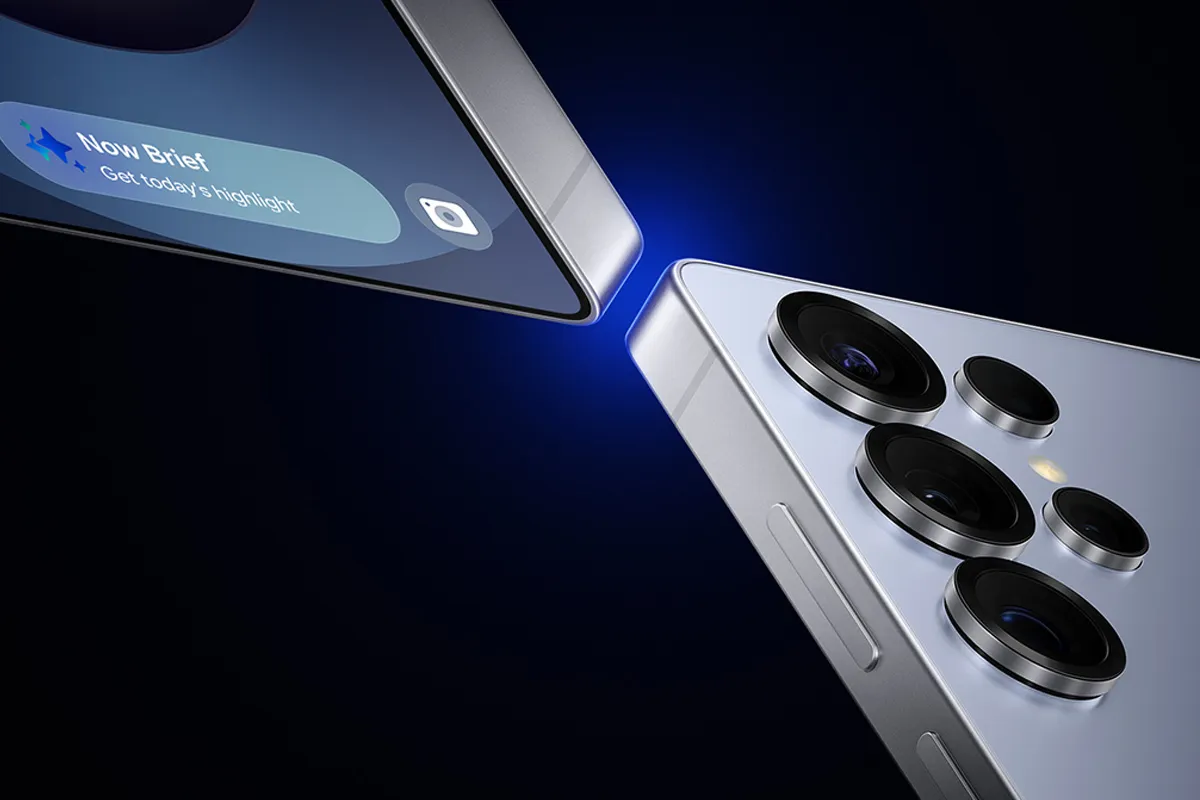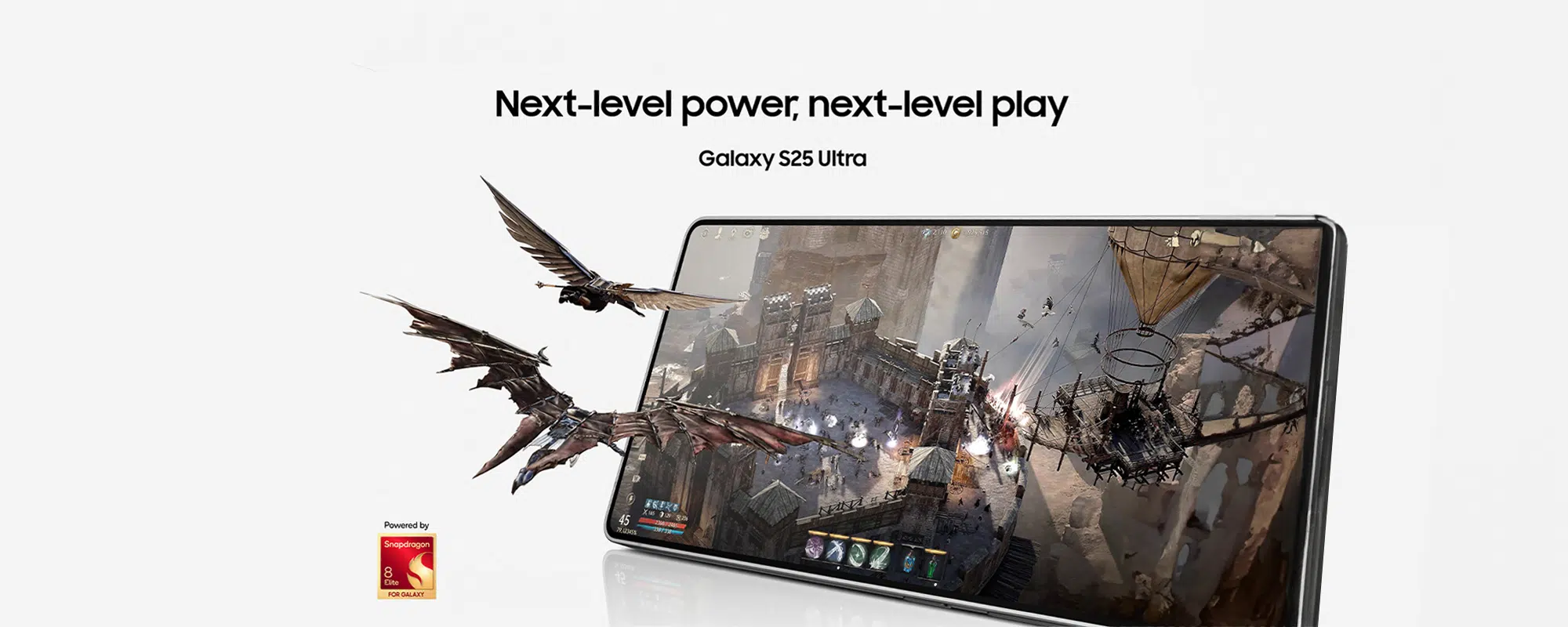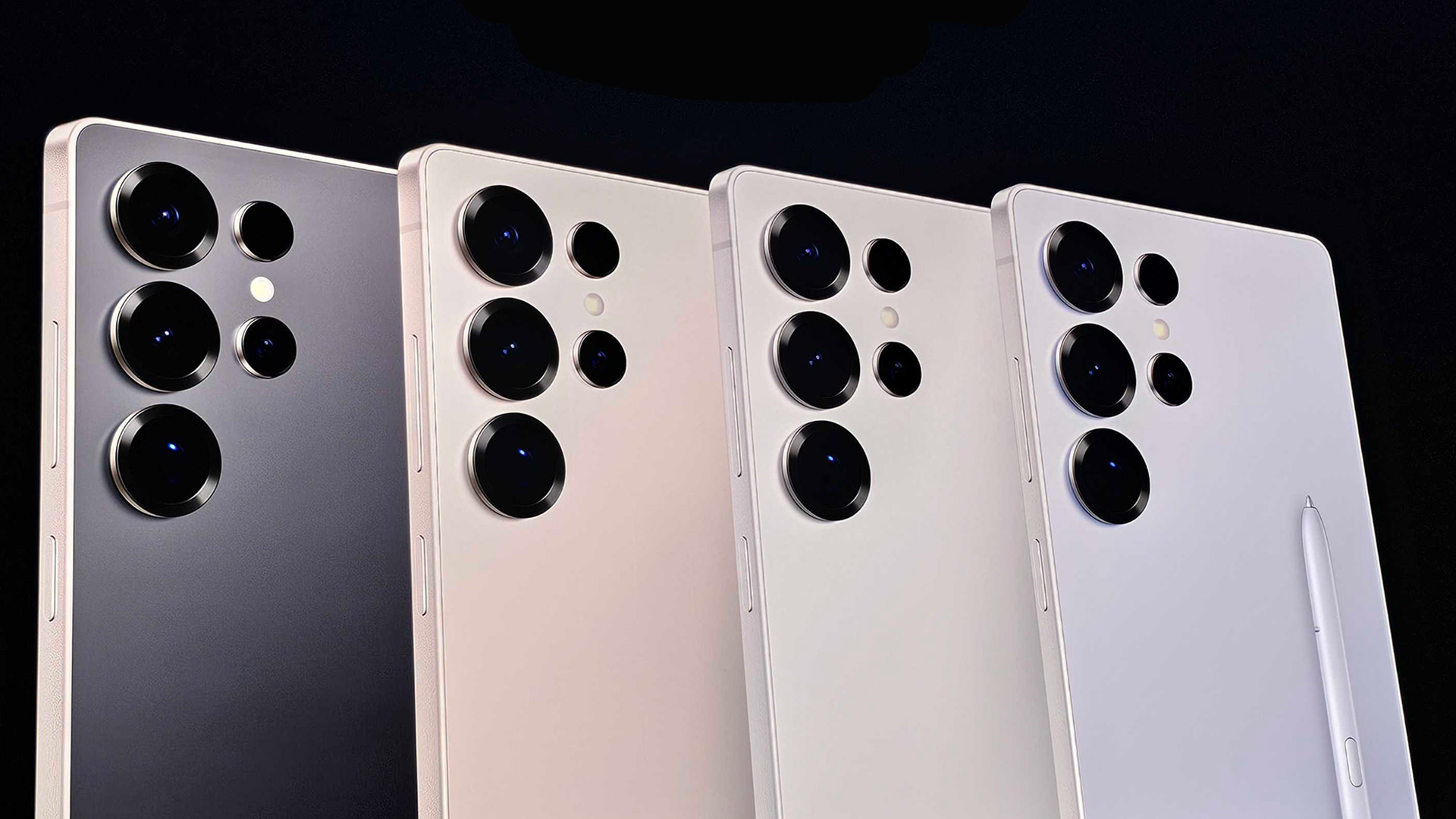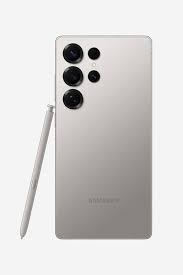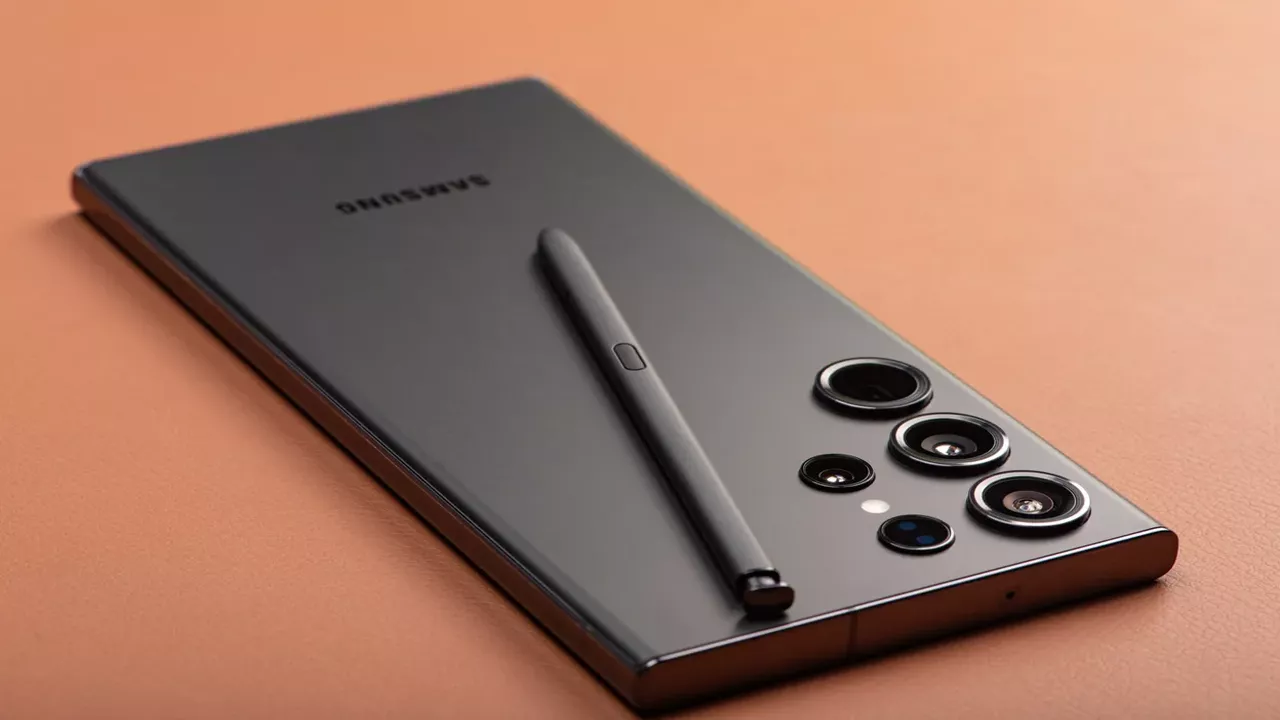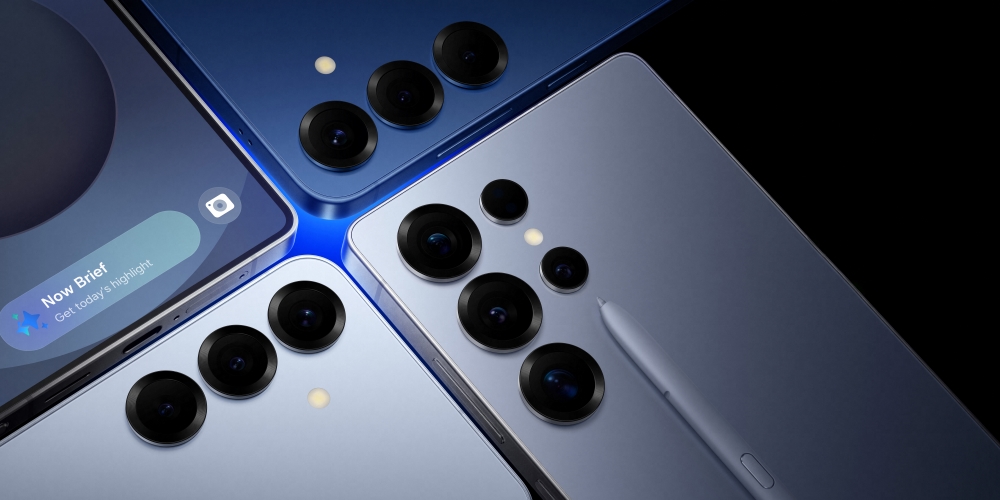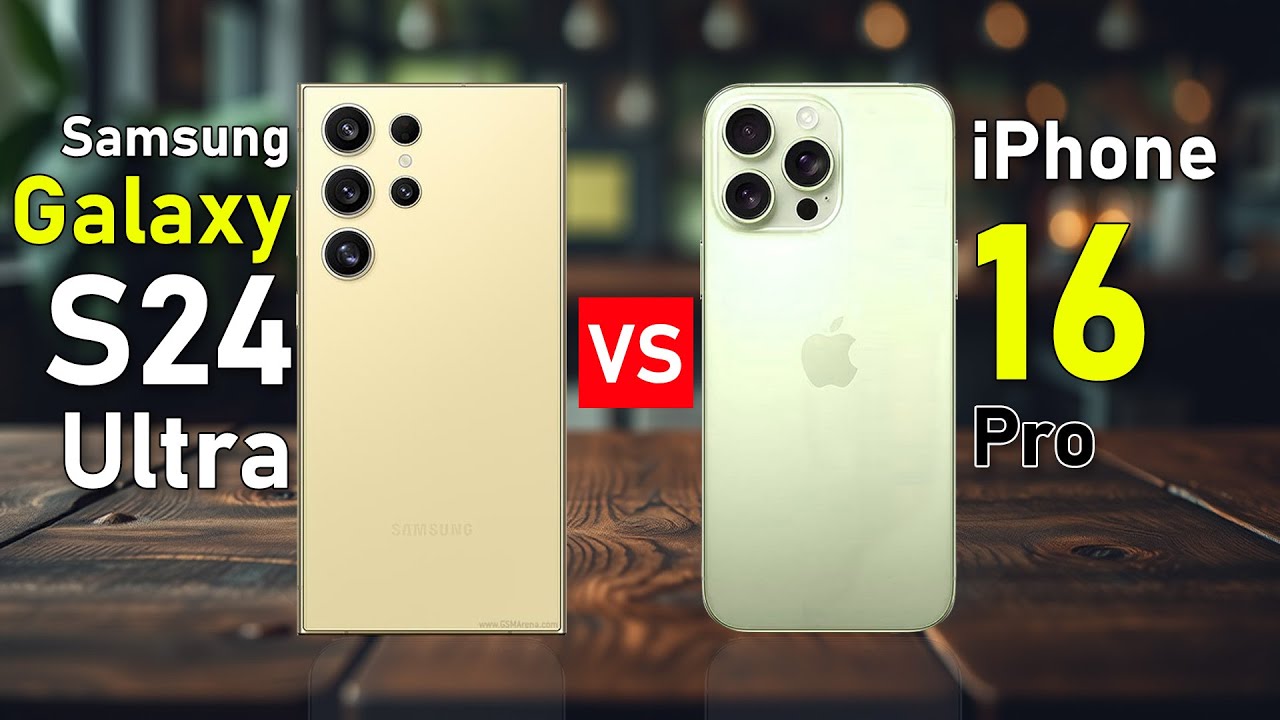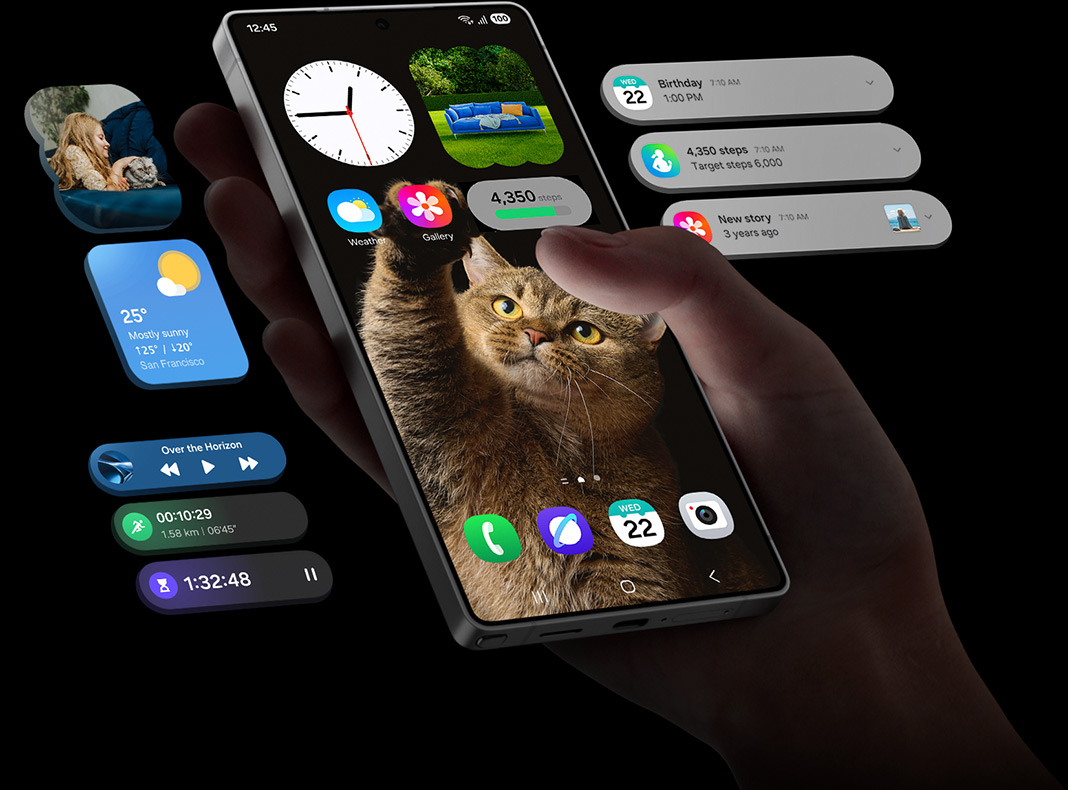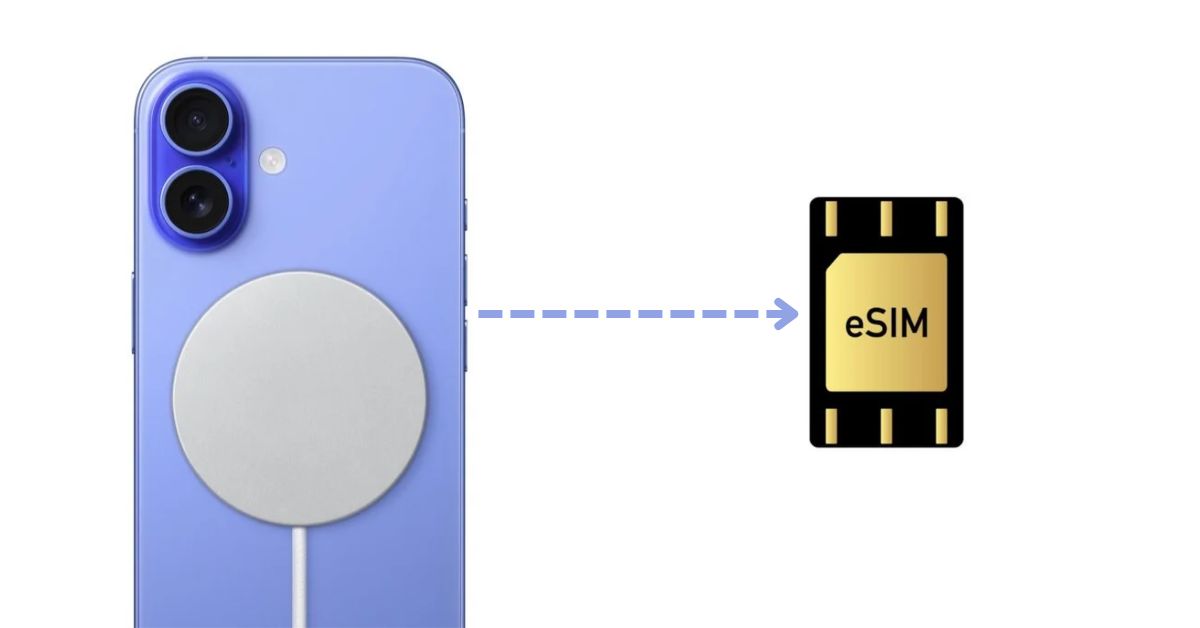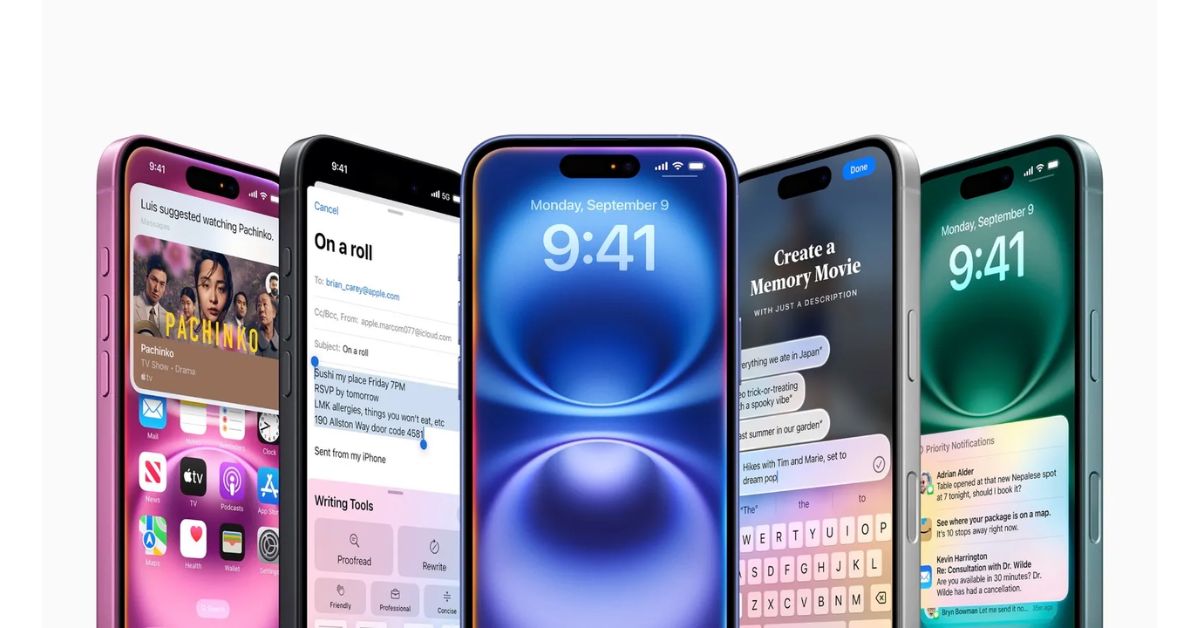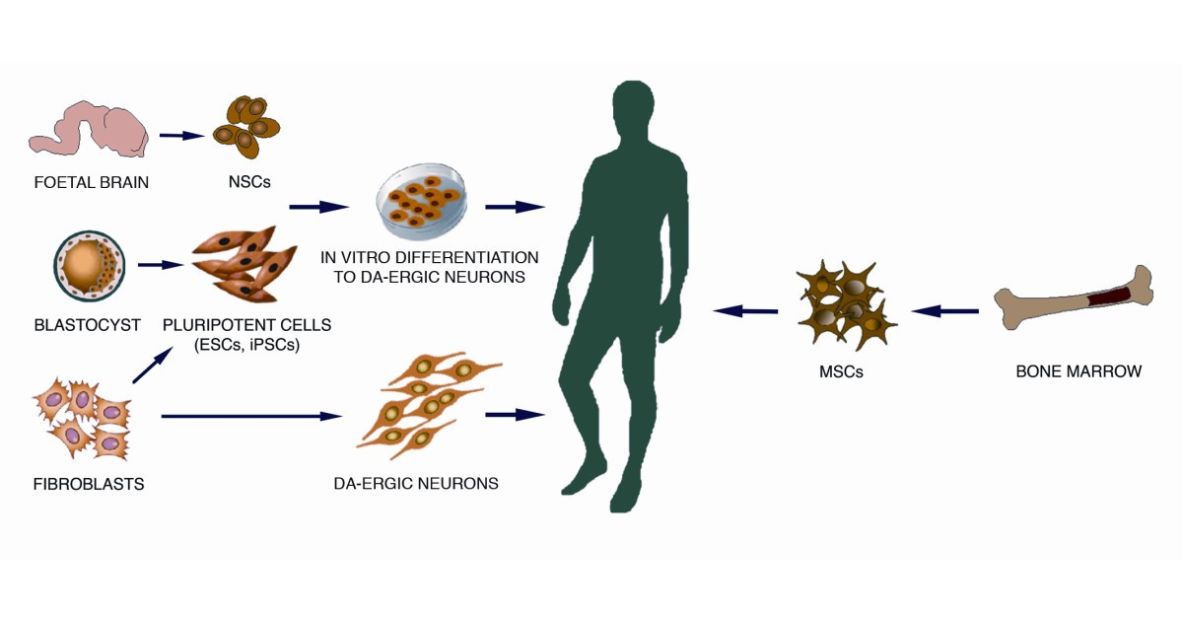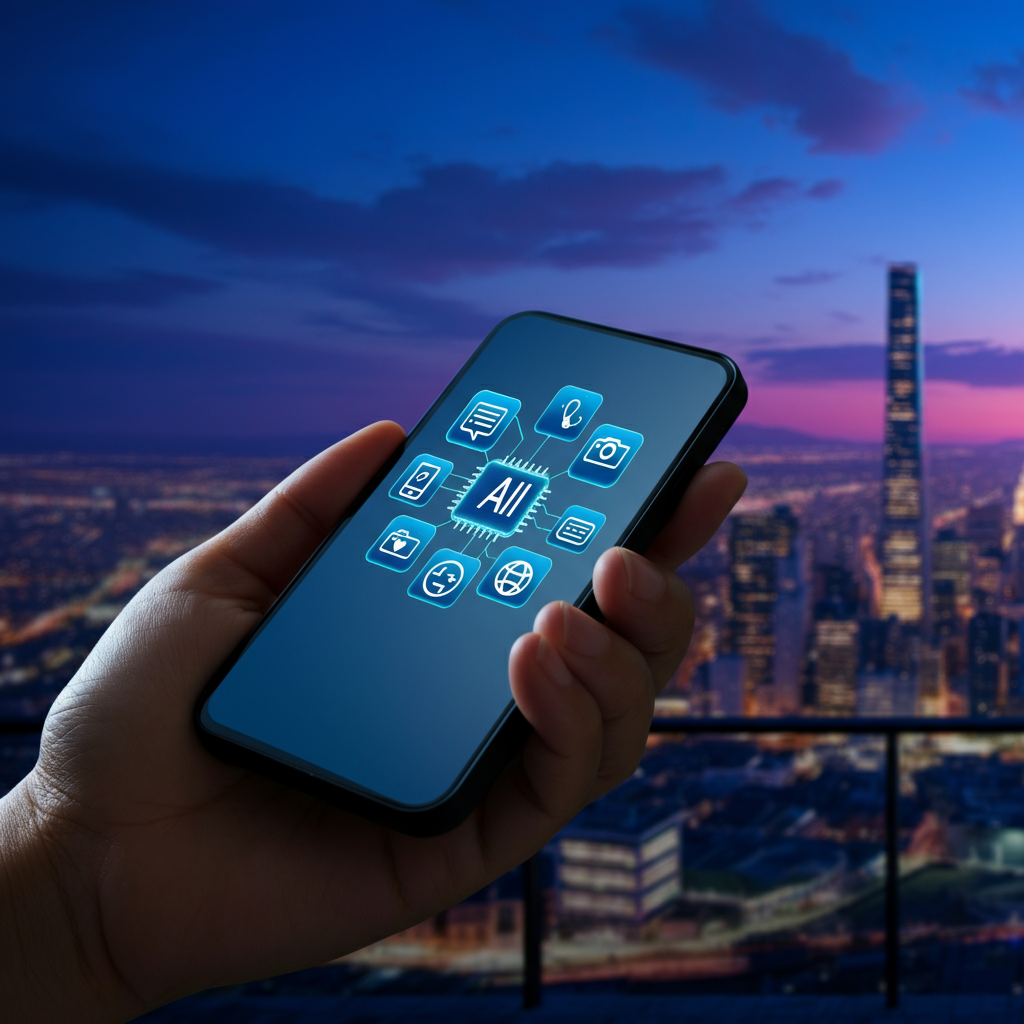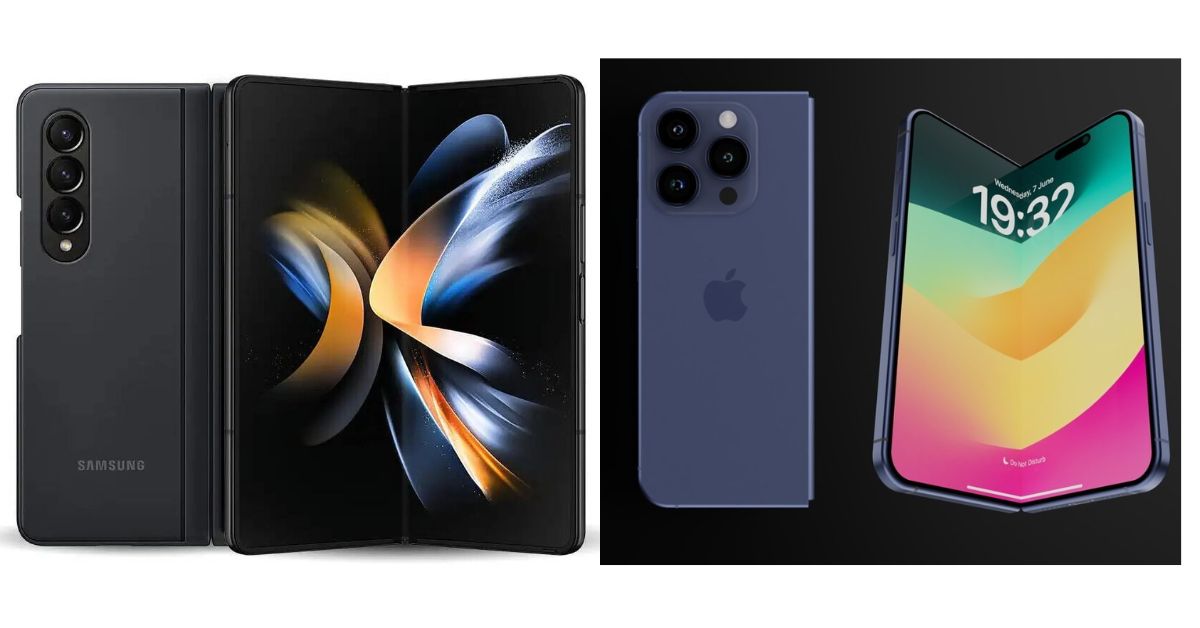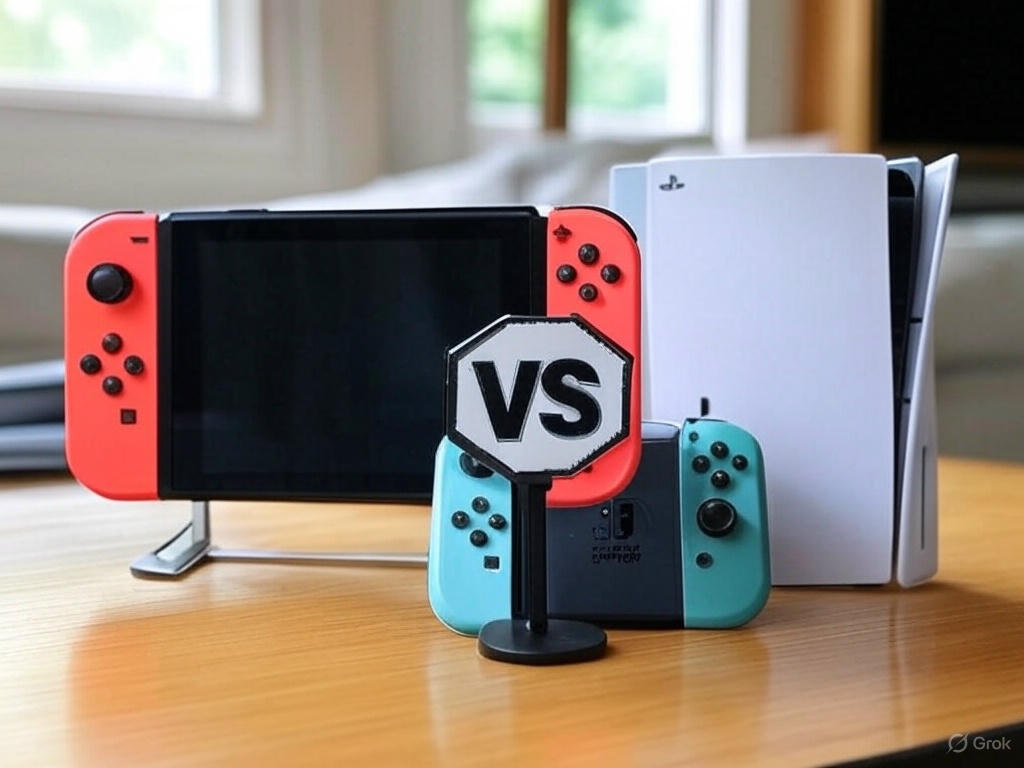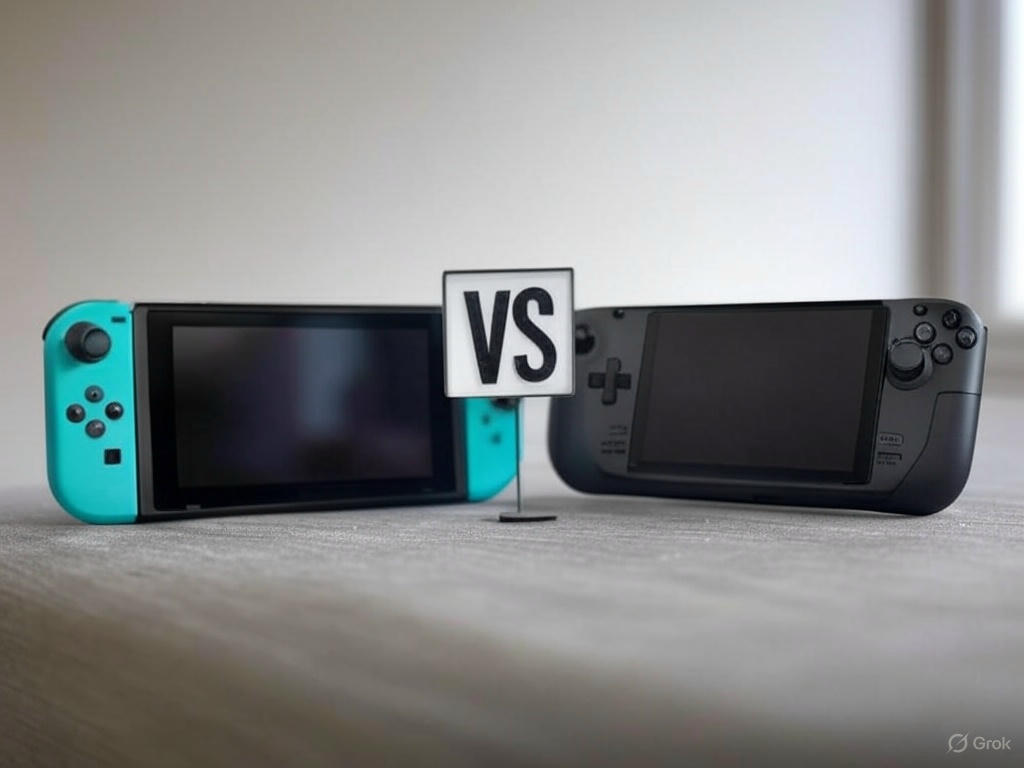Apple fans and tech enthusiasts alike are already buzzing with questions about the next addition to the iPhone family. Among these, one question stands out for many potential buyers and existing users of the iPhone ecosystem: “Does the iPhone 16 have a SIM card?”
As Apple continues to lead innovation in mobile technology, changes to device hardware are always anticipated with both excitement and curiosity. One of the most significant hardware changes in recent years has been Apple’s move toward eliminating physical SIM cards in favor of eSIM. With each consecutive launch, it seems Apple is taking another step toward a future where physical SIM cards might be a thing of the past.
This blog post will explore the current landscape of Apple’s transition to eSIM, the rumors around the iPhone 16, and the benefits and concerns surrounding the adoption of this technology.
The Current iPhone SIM Card Status
Before jumping into the iPhone 16, it’s essential to look at how Apple has approached SIM technology in its current devices.
eSIM on iPhone 14 and iPhone 15
With the release of the iPhone 14 in 2022, Apple introduced its first models in the U.S. market that eliminated the physical SIM tray entirely. This move cemented the company’s commitment to eSIM technology. Instead of inserting a physical SIM card, users could activate their wireless plans digitally through an embedded SIM (eSIM).
The iPhone 15 series followed a similar route, expanding the number of regions where an eSIM option was available. However, Apple kept the SIM card tray in models sold in countries that had yet to fully adopt eSIM technology or where customer demand for physical SIM cards was still high.
This gradual roll-out highlights Apple’s strategy of introducing radical changes in select markets before full global adoption.
Rumors and Leaks About the iPhone 16
While Apple has not made any official announcements about the iPhone 16, tech insiders and leakers are already speculating about its features. Based on existing trends from the iPhone 14 and iPhone 15, many believe that Apple will continue its push to phase out physical SIM cards altogether.
What the Rumors Suggest
Some leaks suggest that Apple might deliver an entirely SIM-free iPhone 16 across all regions. The U.S. market, which already adopted eSIM-only models with the iPhone 14, is likely to remain SIM-free, while Europe and other parts of the world may also start to see fewer iPhone models with a physical SIM tray.
Speculation has also surfaced that Apple is working with major carriers globally to expand eSIM adoption and streamline the transition for customers. This aligns with Apple’s previous moves, as the company is known for influencing and setting industry standards.
Of course, until we hear official word from Apple, these remain projections—but they’re well-founded given the company’s historical behavior.
What Are the Benefits of eSIM?
The shift to eSIM technology brings several notable advantages. For users, carriers, and manufacturers alike, eSIM represents opportunities for improved functionality, cost savings, and technological progress.
1. Greater Convenience
Setting up an eSIM is straightforward and eliminates the need for managing tiny SIM cards and trays. Users can activate or switch carriers right from their device without visiting a store or waiting for a new SIM card to arrive.
2. Dual SIM Functionality
eSIM-enabled iPhones make it easier than ever to use dual SIMs, whether for personal and business lines or for travelers who need access to local carriers. Many iPhone models allow users to manage two active phone numbers on a single device with eSIM.
3. Improved Durability and Design
By eliminating the SIM tray, Apple is able to streamline the iPhone’s design, seal additional entry points, and enhance water and dust resistance. For customers, this means a more robust and aesthetically pleasing device.
4. Eco-Friendliness
Switching from physical SIM cards to eSIM also aligns with Apple’s broader environmental goals. The production and disposal of billions of physical SIM cards annually requires significant resources. By moving to eSIM, Apple helps reduce the need for plastic and other materials associated with traditional SIM cards.
Potential Drawbacks of Moving to an eSIM-Only iPhone
While there are many benefits to eSIM, certain challenges and concerns remain. These potential drawbacks may affect the adoption of eSIM-only devices in some regions.
1. Limited Carrier Support
Although eSIM adoption is growing, some smaller or regional carriers may still lack full eSIM compatibility. This could limit users’ options, particularly in less developed markets.
2. Complications While Traveling
For frequent international travelers, buying and using a local SIM card for their trips has historically been an easy solution. With an eSIM-only phone, setting up a temporary service or transferring eSIM profiles may require added steps or depend on carrier compatibility in the destination country.
3. Dependency on Technology
The ability to connect to and manage an eSIM profile relies entirely on technology. If a user finds themselves in a location with poor connectivity or technical issues, activating a new eSIM could become a frustrating experience.
Regional Differences in the eSIM Rollout
Apple’s innovation strategies often prioritize certain markets before others. The U.S., as a more technologically mature and unified market, has already embraced eSIM-only iPhone models. However, the rollout may look different in other markets.
- Europe: While eSIM is gaining traction, its adoption varies greatly between countries. Popular markets like the U.K. and Germany are likely to see early adoption of SIM-free iPhones, while other countries may still cling to physical SIMs.
- Asia and Africa: Larger markets such as India and parts of Africa tend to maintain physical SIM trays on current iPhone models due to carrier limitations and slower eSIM adoption.
- Australia & Canada: These markets, much like the U.S., are expected to be early adopters of entirely SIM-free iterations.
Apple’s ability to collaborate with global carriers and ensure seamless eSIM functionality will shape how quickly customers in these regions make the transition.
Is the iPhone 16 Likely to Be SIM-Free?
Based on Apple’s track record and industry trends, it is highly likely that the iPhone 16 will continue shifting away from physical SIM cards. Whether this change is universal or targeted to specific regions remains to be seen, but customers everywhere should prepare for an increasingly digital future.
Apple’s move toward eSIM reflects a commitment to innovation, convenience, and environmental sustainability. For iPhone users, adapting to these changes may take time but offers a glimpse into the potential of modern mobile technology.
Whether this transition will feel seamless or challenging depends on how quickly carriers, markets, and users adapt.
References
- Apple. (2022). Apple advances personal technology with eSIM on the iPhone. Retrieved from https://www.apple.com/newsroom/
- GSMA. (2021). The future of SIM technology: eSIM and iSIM explained. Retrieved from https://www.gsma.com/
- Statista. (2023). Global adoption of eSIM technology. Retrieved from https://www.statista.com

Dominic O. McCoy is a passionate writer who loves crafting engaging and informative blogs on a wide range of topics. With a deep curiosity and a knack for storytelling, he explores everything from lifestyle and technology to business and home improvement. Whether breaking down complex ideas or sharing practical tips, McCoy aims to deliver valuable content that resonates with readers. When he’s not writing, he enjoys learning about new trends and expanding his knowledge to bring fresh perspectives to his work.

